Power, War, and Glory: The making Of A Yoruba legend — The Story Of The Aare Ona Kakanfo. The Aare Ona Kakanfo is one of the most powerful and historically revered titles in Yorubaland, often described as the supreme military commander or generalissimo of the Yoruba people. The position carries deep political, spiritual, and cultural
Power, War, and Glory: The making Of A Yoruba legend — The Story Of The Aare Ona Kakanfo.

The Aare Ona Kakanfo is one of the most powerful and historically revered titles in Yorubaland, often described as the supreme military commander or generalissimo of the Yoruba people. The position carries deep political, spiritual, and cultural significance, symbolizing courage, leadership, and loyalty to the Yoruba nation.
Kanu Abandons Plan to Present Defence, Says No Legitimate Charges Against Him
Origins of the Title
The title of Aare Ona Kakanfo dates back to the Old Oyo Empire, one of the most organized and influential precolonial empires in West Africa. It was established around the 17th century during the reign of Alaafin Ajagbo, one of the notable rulers of Oyo.
Alaafin Ajagbo, known for his administrative reforms and military conquests, is credited with creating the position to strengthen the empire’s defense system and maintain control over distant territories. The empire had grown so vast that it needed a strong military leader who could act independently of the Alaafin but still serve his interest in expanding and protecting the Yoruba domain.
The First Aare Ona Kakanfo
The first man to hold the title was Koyabi, a renowned warrior from Ijaye, in present-day Oyo State. Koyabi was appointed by Alaafin Ajagbo and became the model of bravery and military excellence. His appointment marked the beginning of a tradition in which the Aare Ona Kakanfo served as both a war general and a protector of Yoruba land.
Role and Responsibilities
The Aare Ona Kakanfo was essentially the Field Marshal of the Yoruba army. His duties included:
- Leading the Army to War:
He was responsible for defending the empire against external attacks and leading military expeditions to expand its territories. - Maintaining Peace and Order:
The Aare acted as the enforcer of the Alaafin’s authority in the provinces and ensured obedience among vassal states. - Symbol of Courage and Patriotism:
The Kakanfo embodied bravery; he was not allowed to turn his back in battle. It was said that if the Aare Ona Kakanfo fled from war, he would bring disgrace upon himself and the empire. - Autonomous Military Power:
Although appointed by the Alaafin, the Aare Ona Kakanfo commanded independent troops and controlled significant regions, making the title politically powerful. - Spiritual Obligation:
The Aare was spiritually fortified with charms and rituals before taking office. The initiation process was considered sacred, preparing him for the challenges of warfare and leadership. - The Prestige and Burden of the Title
The position of Aare Ona Kakanfo was both glorious and perilous. Holders of the title were celebrated for their valor but often met tragic ends, as they were bound by oath never to surrender in battle. Many of them died in wars rather than face the shame of defeat.
It was also believed that the Kakanfo lived under certain taboos — he could not enter the Alaafin’s palace after installation, symbolizing the separation between royal authority and military power.
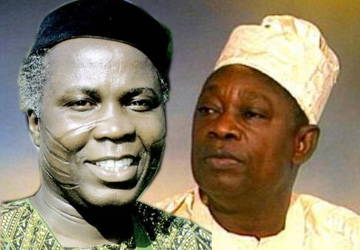 Historical Holders of the Title
Historical Holders of the Title
Some of the most famous Aare Ona Kakanfos include:
- Koyabi of Ijaye – The first Aare Ona Kakanfo, appointed by Alaafin Ajagbo.
- Ogunmokun of Iwoye – A fearless warrior known for his campaigns against neighboring states.
- Afonja of Ilorin – Perhaps the most famous; he rebelled against the Alaafin and later allied with the Fulani, an act that led to the fall of the Oyo Empire.
- Ladoke Akintola (13th Aare, 1964) – Premier of the Western Region, installed by Alaafin Gbadegesin Ladigbolu II. His appointment symbolized the modernization of the ancient title in the political context of postcolonial Nigeria.
- Moshood Kashimawo Olawale (M.K.O.) Abiola (14th Aare, 1988) – Business magnate and philanthropist, installed by Alaafin Lamidi Adeyemi III. His tenure linked the title to Yoruba unity and political activism.
- Gani Adams (15th Aare, 2018) – A social activist and leader of the Oodua People’s Congress (OPC), appointed to reflect contemporary Yoruba nationalism and cultural revival.
- Significance in Yoruba Culture
The Aare Ona Kakanfo remains one of the highest honors in Yoruba society. It represents:
NOA Says Nigeria’s Debt Profile Has Significantly Decreased Under President Tinubu
- Bravery and Defense of the Land: The Aare is the living symbol of Yoruba resistance and protection against external threats.
- Unity and Identity: The title continues to serve as a rallying point for Yoruba unity and pride across Nigeria and the diaspora.
- Cultural Continuity: It preserves the legacy of the Old Oyo Empire, linking modern Yoruba people to their historical roots.
- Political Influence: Even in modern times, holders of the title wield moral and cultural authority within Yoruba and Nigerian politics.
The Aare Ona Kakanfo of Yorubaland is more than a military title — it is a sacred institution that embodies the spirit, valor, and leadership of the Yoruba people. From Koyabi, the first holder, to Chief Samuel Ladoke Akintola in 1964, and down to the current Aare Gani Adams, the title continues to symbolize the enduring strength, unity, and cultural pride of one of Africa’s oldest civilizations.

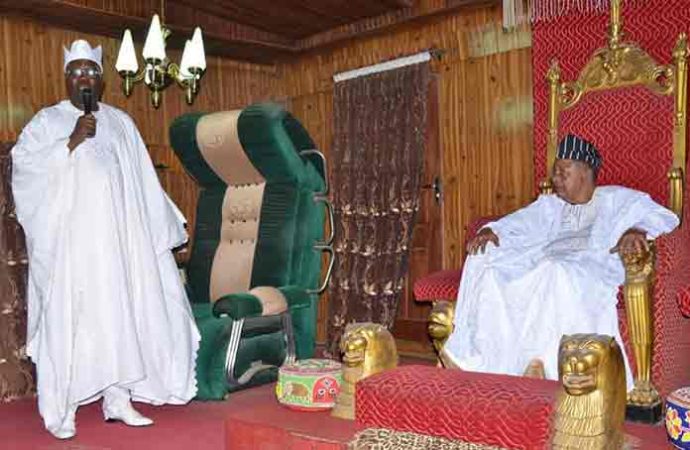


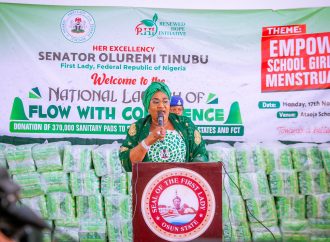
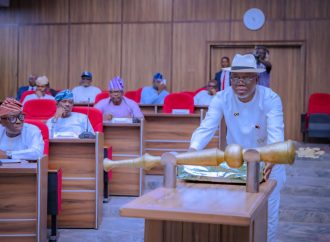

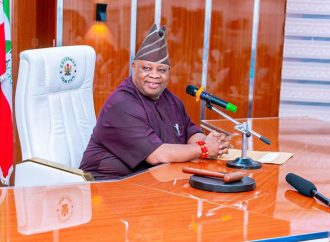











Leave a Comment
Your email address will not be published. Required fields are marked with *